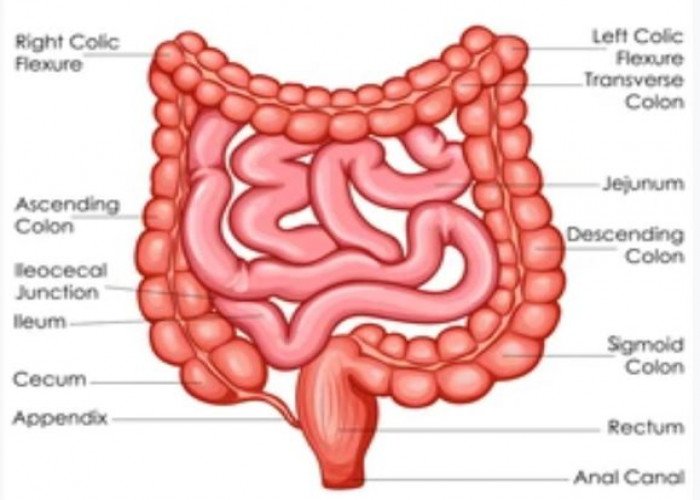 Welcome
Welcome
“May all be happy, may all be healed, may all be at peace and may no one ever suffer."
Neck - Diseases
The neck is the part of the body that connects the head to the torso. It is made up of several structures, including bones, muscles, nerves, blood vessels, and glands.
The neck contains seven cervical vertebrae that provide support and flexibility to the head and neck. The neck muscles, including the sternocleidomastoid, trapezius, and scalene muscles, play a critical role in head movement, posture, and respiration.
The neck also contains important structures such as the thyroid gland, which produces hormones that regulate metabolism, and the carotid arteries, which supply oxygen-rich blood to the brain.
Various conditions can affect the neck, including neck strain, whiplash, cervical spondylosis, herniated discs, and spinal stenosis. These conditions can cause neck pain, stiffness, numbness, tingling, and weakness. Treatment options for neck conditions may include medication, physical therapy, neck braces, and surgery, depending on the severity of the problem.
Proper posture, regular exercise, and avoiding repetitive neck movements can help prevent neck problems and maintain neck health.

Duodenum intestine

Gum

Placenta

Descending colon intestine

Cranial Nerves

Rectum

Joints

Intestine
Neck, Neck pain, ঘাড়
To be happy, beautiful, healthy, wealthy, hale and long-lived stay with DM3S.

